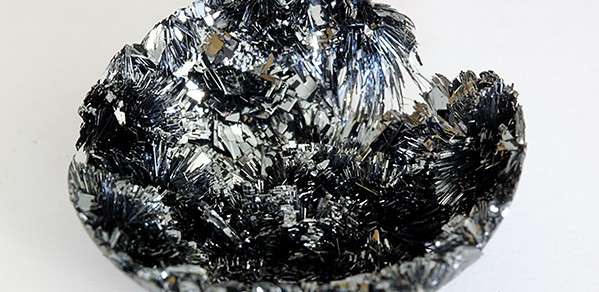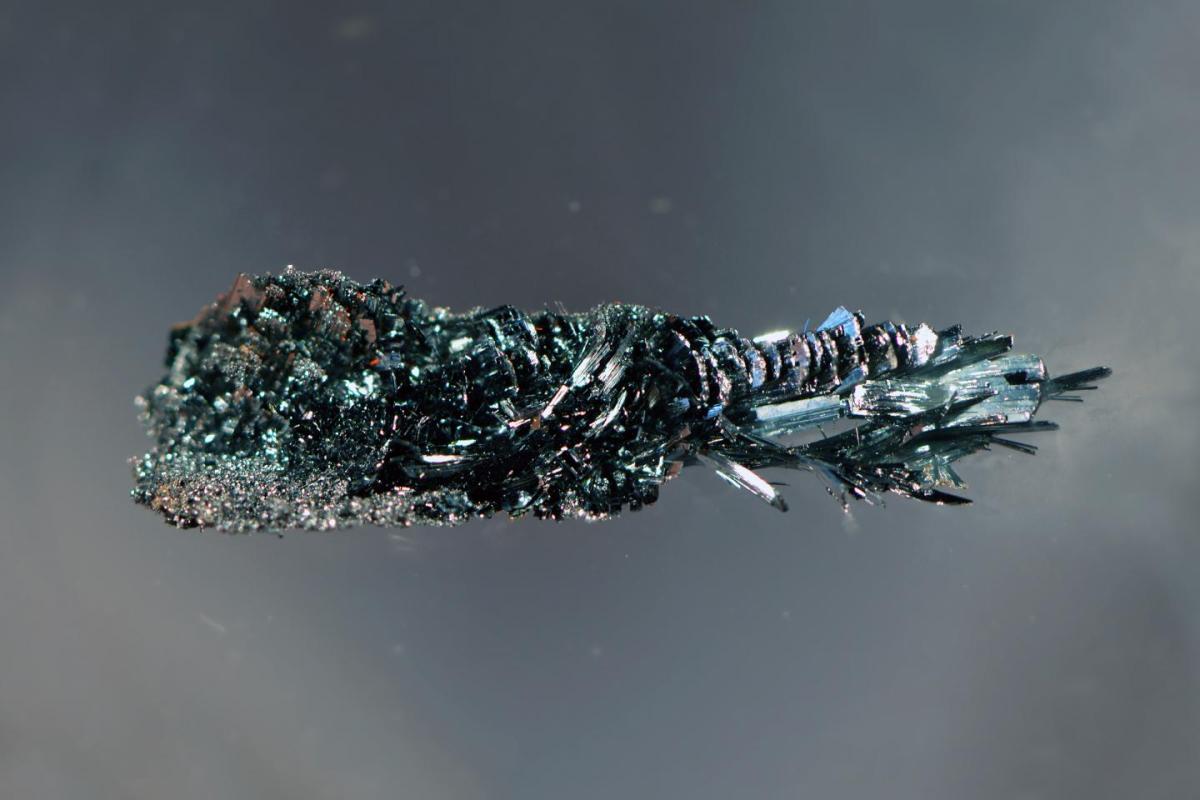Your daily selection of the latest science news!
According to Phys.org

Black phosphorus (BP) crystal before it is converted into functional ink. Credit: smart-elements.com
A breakthrough ‘recipe’ for inkjet printing, which could enable high-volume manufacturing of next-generation laser and optoelectronic technologies, has been uncovered by Cambridge researchers.
The research, led by Dr Tawfique Hasan, of the Cambridge Graphene Centre, University of Cambridge, found that Black phosphorous (BP) ink – a unique two-dimensional material similar to graphene – is compatible with conventional inkjet printing techniques, making possible – for the first time – the scalable mass manufacture of BP-based laser and optoelectronic devices.
An interdisciplinary team of scientists from Cambridge as well as Imperial College London, Aalto University, Beihang University, and Zhejiang University, carefully optimised the chemical composition of BP to achieve a stable ink through the balance of complex and competing fluidic effects. This enabled the production of new functional laser and optoelectronic devices using high-speed printing.
__
This article and images were originally posted on [Phys.org – latest science and technology news stories] August 17, 2017 at 08:33AM
Credit to Author and Phys.org
